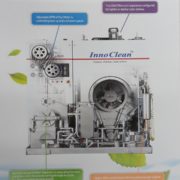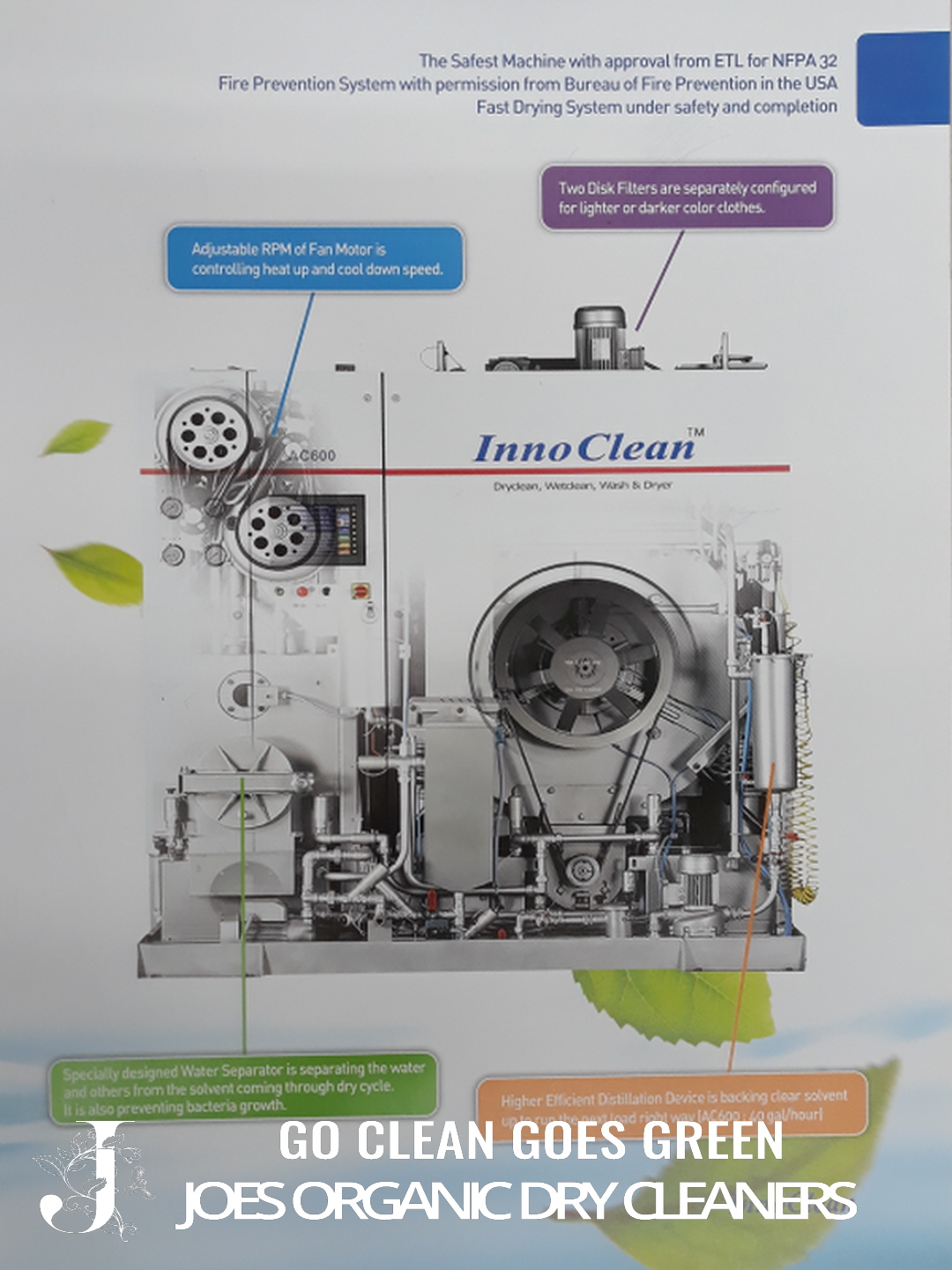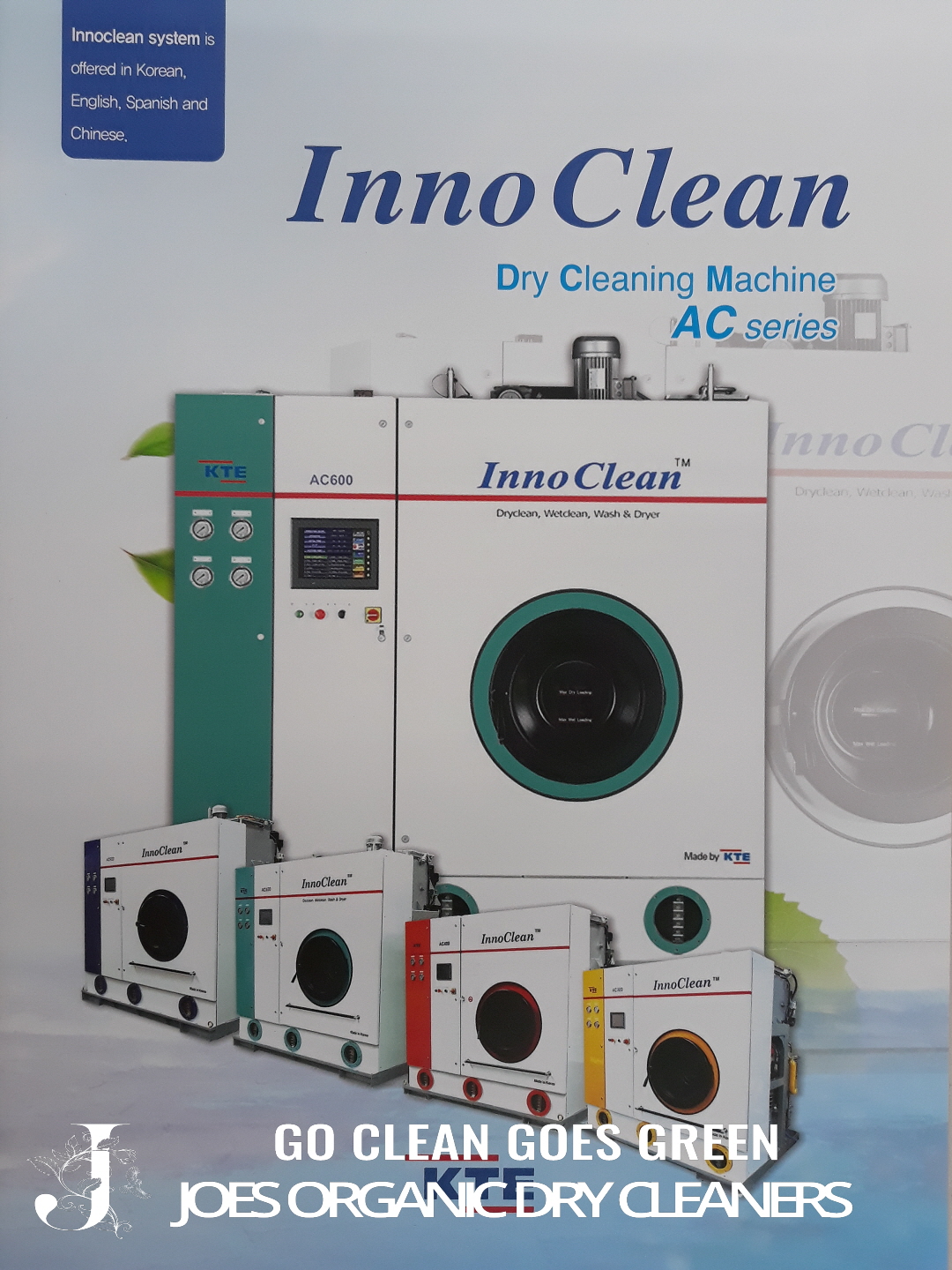Joe’s Tailors in Westbury
https://www.youtube.com/watch?v=EzsnHQMKEX4
At Joe’s Tailors in Westbury
we specialize in breathing new life into your wardrobe with expert alterations tailored to you. Whether it’s a favorite pair of jeans, a formal suit, or an elegant gown, we ensure that each piece fits like it was made for you. Our services cover everything from custom adjustments to creative transformations, giving you fresh ways to style your clothes and make the most of what you own.
Custom Alterations for Every Wardrobe Essential
Our skilled tailors handle custom alterations for a wide range of clothing, from everyday casuals to high-end suits and dresses. We take the time to ensure that every piece feels as though it was crafted uniquely for you, whether it’s adjusting a sleeve, taking in a waist, or tailoring the fit of a blazer.
Hem Adjustments and Garment Transformations
Got a dress that needs a new look? We can transform it by adjusting the hem, turning it into a stylish top, or giving it a unique twist. Our garment transformations are perfect for those who want to refresh their closet without buying new pieces. Shorten those jeans, alter those skirts, or change up that shirt—we make it easy to get creative.
Perfecting Gowns for Special Occasions
For those unforgettable events, we prepare gowns with meticulous attention to detail. Our full top-to-bottom review ensures every layer is carefully pressed and steamed, so each gown looks flawless and photo-ready. Whether it’s a wedding dress, evening gown, or formal attire, we help you feel and look your best on your big day.
From “near-perfect” to “perfect fit,” Joe’s Tailors will make sure your wardrobe works beautifully for you. Let us help you reimagine and refine your favorite pieces, so you feel confident and stylish every time you step out.







